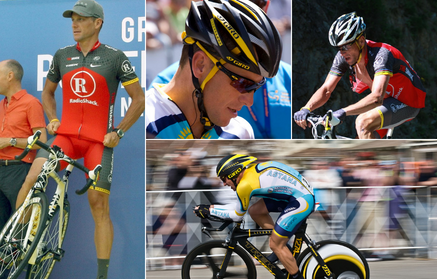Table of Contents
Lance Armstrong is one of the most famous and controversial figures in world sport. This former professional cyclist has had sporting successes beyond anyone’s wildest dreams. But before that, he had to win a battle with cancer, and those experiences led him to start a foundation that continues to help people with similar fates. After successful treatment, he returned to competitive cycling and won seven Tour de France titles in a row. During his career, there was speculation about the abuse of performance-enhancing drugs. Armstrong’s desire to win was unprecedented, but did he really go that far?
Did childhood underpin his competitive nature and desire to win at all costs?
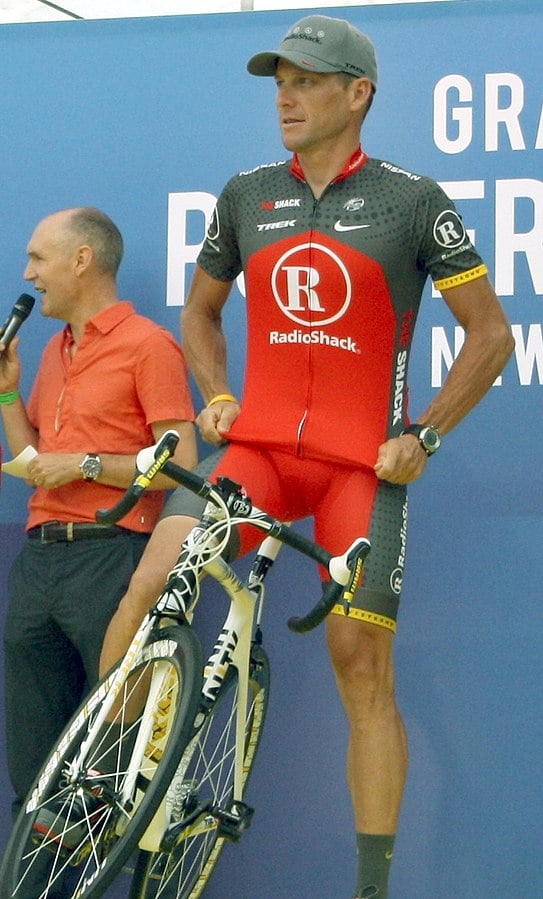
https://commons.wikimedia.org/wiki/File:Lance_Armstrong_Tour_2010_team_presentation.jpg
Lance Armstrong was born 18.9.1971 in the US state of Texas as Lance Edward Gunderson. His young 17-year-old mother Linda was left to care for the little boy alone after splitting up with Lance’s biological father. But they did not stay alone for very long. Linda married Terry Armstrong, who then formally adopted Lance. He didn’t have the warmest relationship with his adoptive father. Terry’s upbringing was based on harsh discipline and disproportionate physical punishment. In later years, Terry admitted that he may have had a hand in the complexity of Lance’s character, but he also thinks that his upbringing played a role in his unprecedented success. Lance always admired his mother, and she has been his biggest supporter all his life.
For Lance, sport represented an escape from reality
Lance grew up in the town of Plano, which is roughly in the middle of the state of Texas. Football was a popular sport here, which young Armstrong didn’t really like, so he kept looking for an activity that would bring him something more. He soon discovered a passion for endurance sports. He started with running, later added swimming, and after his mother bought him his first bike, it was his turn for the triathlon. It brings together all of Lance’s favourite sports activities – swimming, cycling and running.
In endurance sports, he gained success after success in his junior years. He was even approached by a clinic that does sports diagnostics, and Lance measured the phenomenal value of VO2max. It is an indicator of the effectiveness of oxygen use, which is absolutely essential for endurance sports. It was at 84 millilitres of oxygen per kilogram of body weight per minute, which corresponds to the value typical of a top-trained athlete.
When he switched to cycling after triathlons, he soon began to beat much more experienced competitors. In 1989, the United States Cycling Federation approached him with an offer of cooperation, and that opened the door to the world of cycling. In 1992, he reached his first Olympics. Although he did not become super popular there, he came to the attention of the professional Motorola cycling team. In their uniform he rode in the first Tour de France, from which victory was made from the very first leg.
You might be interested in these products:
On his love of cycling, he said:
“Cycling is so hard, the suffering is so intense that it is absolutely cleansing. The pain is so deep and strong that a curtain descends over your brain.”
“Once, someone asked me what pleasure I took in riding a bike for so long? ‘Pleasure? I said’. ‘I don’t understand the question.’ I didn’t do it for the pleasure. I did it for the pain.“
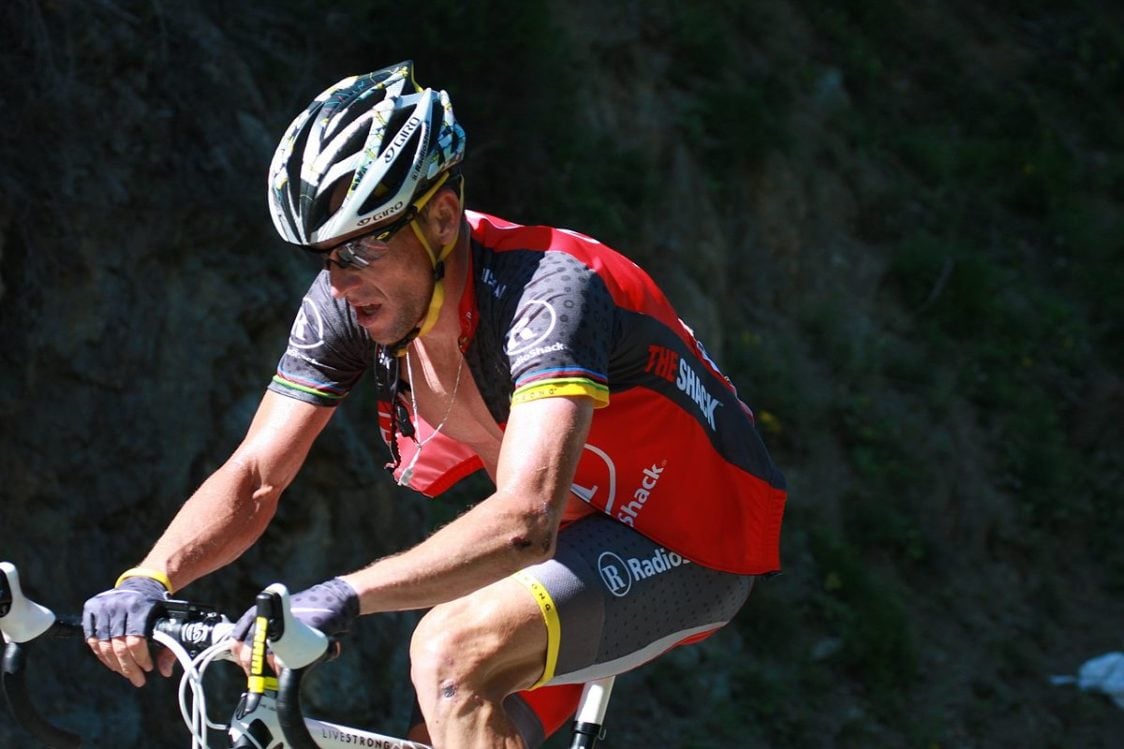
https://commons.wikimedia.org/wiki/File:Tour_de_France_2010,_lance_(14890352213).jpg
His athletic performance went up, but then came a hard blow
In 1996, Lance began to suffer from health issues. First, he had to withdraw from a race for a lung condition that included coughing up blood and testicular pain. Shortly after his 25th birthday, he was diagnosed with more advanced testicular cancer. It also spread to the lungs, abdomen, lymph nodes and brain. Lance had to undergo intensive treatment, which included several surgeries and chemotherapy. It was the worst time of his life, but he never gave up hope of returning to the sport. When possible, he rode his bike and did everything he could to heal as quickly as possible and return to racing. Despite doctors giving him only a forty percent chance of recovery, his treatment was successfully discontinued in 1997. After what he’d been through, he started a foundation to spread awareness about cancer and help people with similar fates.
After cancer he came back stronger than ever
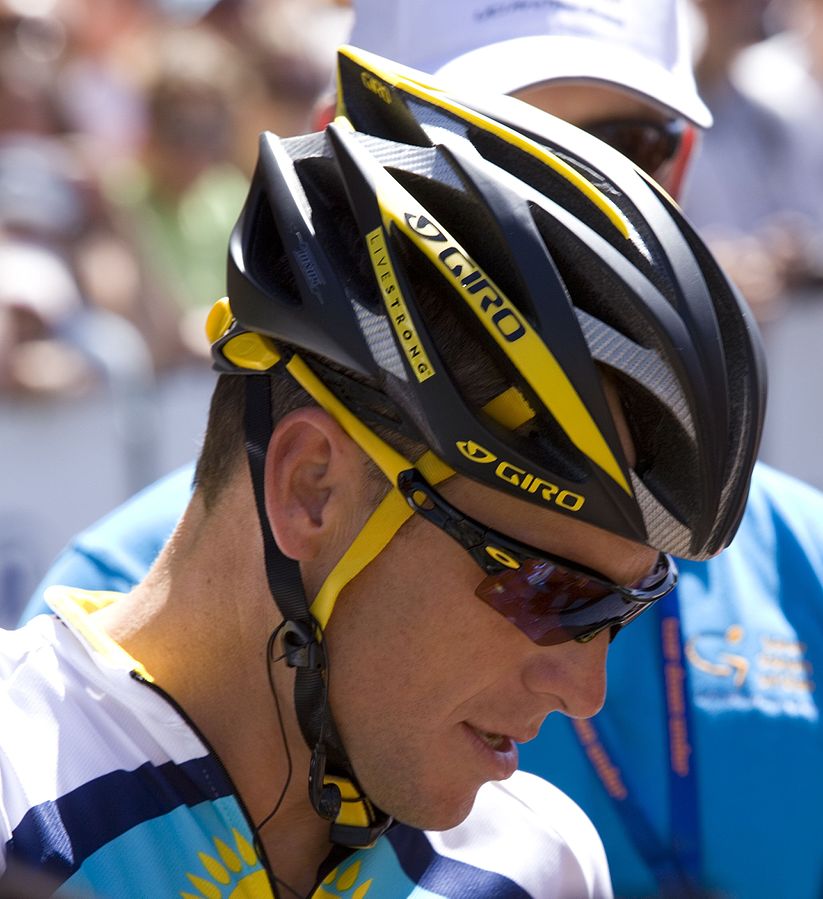
https://commons.wikimedia.org/wiki/File:Lance_Armstrong_January_20,_2009.jpg
His successful treatment allowed him to return to professional cycling. He soon signed with U. S. Postal Service team and soon saw a return to racing. His goal was to win at the most prestigious leg of the race of the Tour de France. And when he did, in 1999, he said:
“I hope this sends out a fantastic message to all (cancer) survivors around the world. We can return to what we were before – and even better.“
He managed to build on this huge success six more times. After that, he retired from the sport, and the story of the indomitable athlete could end in a fairy tale. But in the years that followed, there was much speculation that Armstrong had helped himself to incredible feats by doping.
Allegations of doping confirmed over time
In this respect, 2010 was a turning point, when Armstrong’s former team-mate Floyd Landis began talking about the abuse of doping in the U.S. Postal Service team. Based on these claims, a judicial machine was launched to deal with the case of Lance Armstrong and his entire team. In 2012, the U.S. Anti-Doping Agency concluded that doping was rife within the team. The Postal Service was using doping to an extent not previously recorded in the history of the sport.
As a result, Lance lost most of his trophies, including seven Tour de France titles and a bronze Olympic medal from 2000. He was also banned for life from cycling and other sports that compete under anti-doping rules. Armstrong initially denied all claims that he had used banned substances, but in a famous interview with Oprah Winfrey in 2013, he confessed to everything.
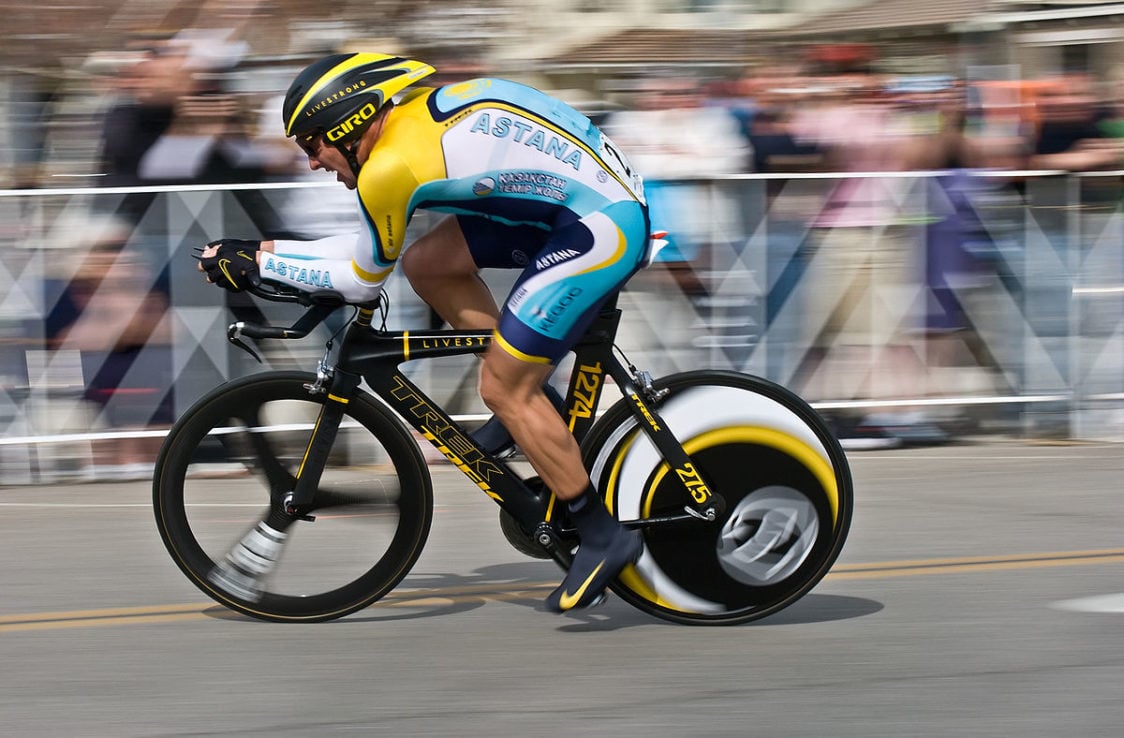
https://commons.wikimedia.org/wiki/File:Lance_Armstrong_-2009_Tour_of_California.jpg
Even after the doping affair, Lance Armstrong didn’t completely pull away from public life. He has two podcasts, shares his life on social media, and recently released a documentary about himself in which he starred. Speculation about his dishonest practices during racing has still not died down today. His rivals at the time pointed out some time ago that Lance may have also been using technical doping, such as using a motor built into his bike.
How do you feel about the Lance Armstrong story? Is he an inspiration to you in any way, or does he deserve only criticism? Share your comments with us. And if you liked the article, don’t forget to share it with your friends.
[1] Encyclopedia of World Biography. Lance Armstrong Biography. – https://www.notablebiographies.com/news/A-Ca/Armstrong-Lance.html
[2] Encyclopedia Britannica. Lance Armstrong, Biography, Tour de France, Doping, & Facts. – https://www.britannica.com/biography/Lance-Armstrong
[3] Lance Armstrong Biography. Cyclist – https://www.ducksters.com/sports/lance_armstrong.php
[4] MARCA. Is Lance Armstrong the Biggest Cheater in Sporting History?.
[5] Wikipedia.Lance Armstrong. – https://cs.wikipedia.org/w/index.php?title=Lance_Armstrong&oldid=19824639

